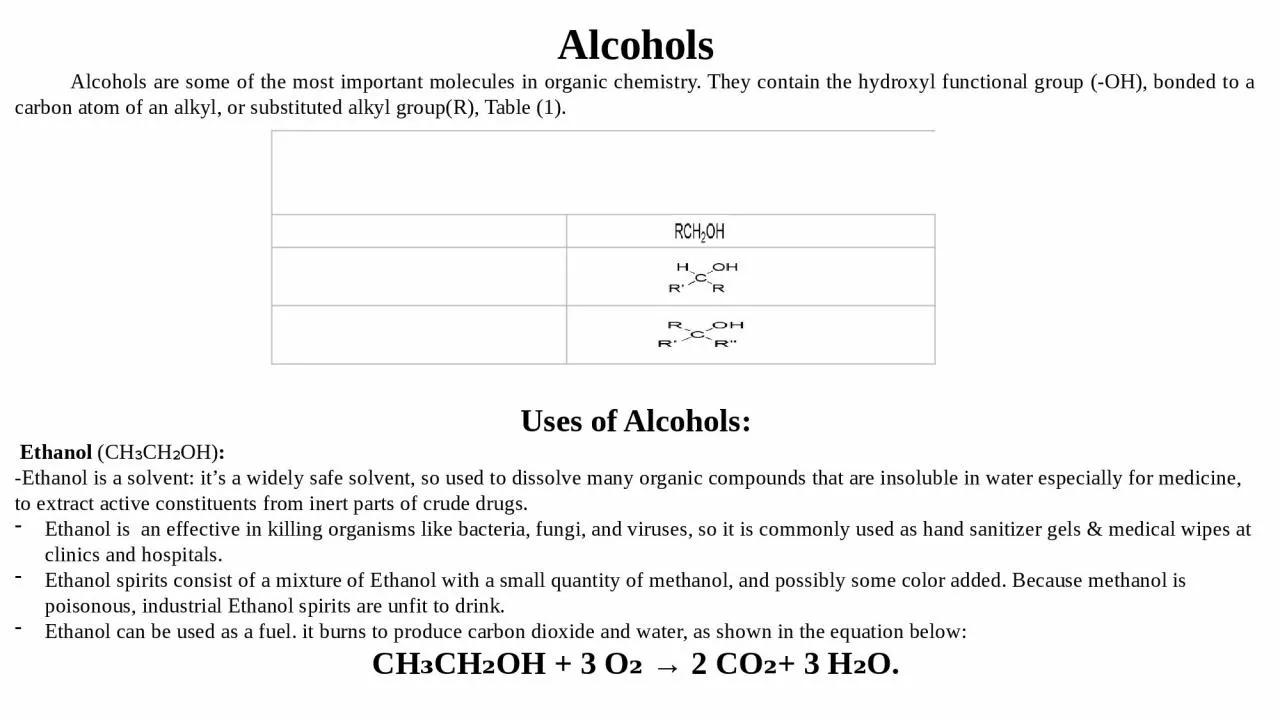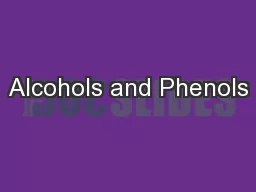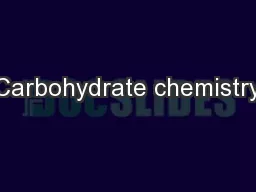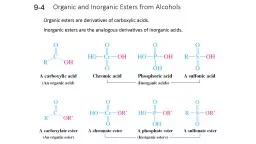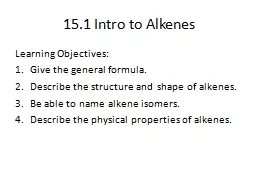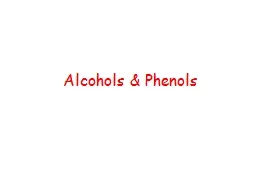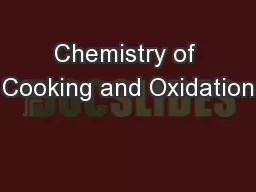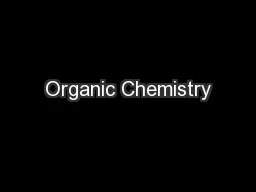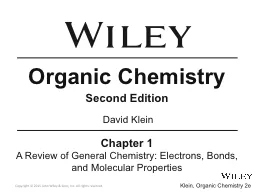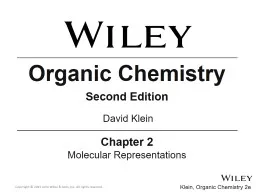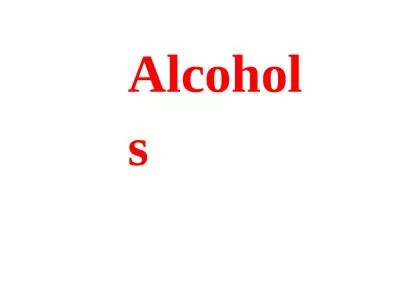PPT-Alcohols Alcohols are some of the most important molecules in organic chemistry.
Author : harmony | Published Date : 2024-02-02
Uses of Alcohols Ethanol CH₃CH₂OH Ethanol is a solvent its a widely safe solvent so used to dissolve many organic compounds that are insoluble in water especially
Presentation Embed Code
Download Presentation
Download Presentation The PPT/PDF document "Alcohols Alcohols are some of t..." is the property of its rightful owner. Permission is granted to download and print the materials on this website for personal, non-commercial use only, and to display it on your personal computer provided you do not modify the materials and that you retain all copyright notices contained in the materials. By downloading content from our website, you accept the terms of this agreement.
Alcohols Alcohols are some of the most important molecules in organic chemistry.: Transcript
Download Rules Of Document
"Alcohols Alcohols are some of the most important molecules in organic chemistry."The content belongs to its owner. You may download and print it for personal use, without modification, and keep all copyright notices. By downloading, you agree to these terms.
Related Documents

